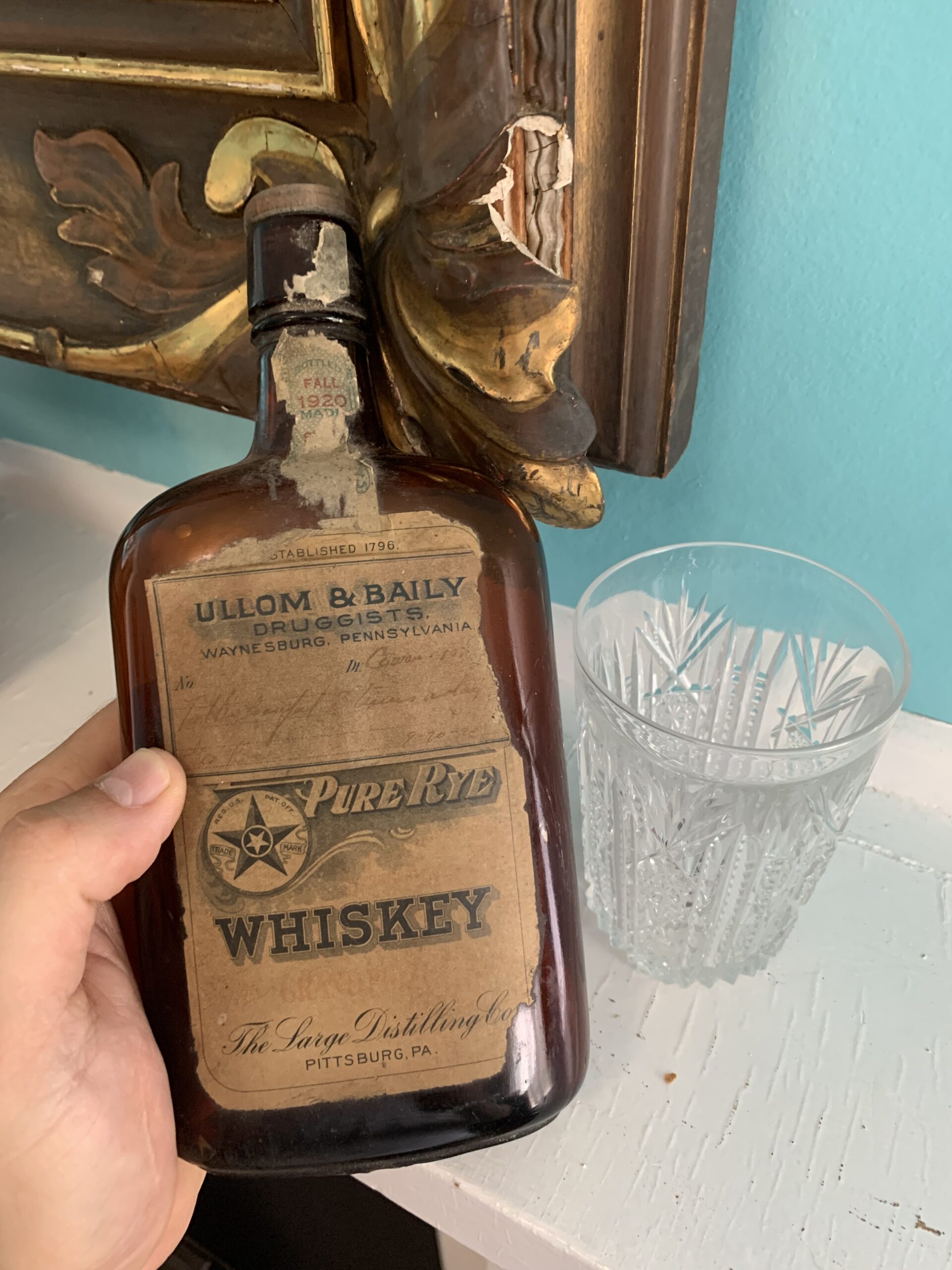Whiskey has played an important role in the history of southwestern Pennsylvania. In the 1780s and 90s, farmers would distill their excess grain into whiskey (specifically, old-fashioned Monongahela rye whiskey) for transport over the Allegheny Mountains into eastern Pennsylvania. This was an easy way to make a profit on excess grain that wouldn’t be used for bread and other commodities.
Whiskey was also how this region tested the newly established federal government between 1791 and 1794 – when the government decided to tax whiskey production. This led to the Whiskey Rebellion, or Insurrection that would see President George Washington command troops in the field to quash the rebellious citizens of southwestern Pennsylvania.
Whiskey also played an important role in our larger culture in other ways. Prohibition is a well-remembered time in the United States, a time when the federal government outlawed alcohol, by way of the 18th Amendment that was ratified on January 16, 1919. Americans weren’t so quick to give up their drink. Speakeasies and other similar venues became popular places for folks to gather and have a stiff, and illegal, drink! Prohibition was so unpopular the 21st Amendment would repeal it in 1933.
The artifact we are featuring here is a whiskey bottle, Old Fashioned Pure Monongahela Rye Whiskey, brewed by Henry Large of the Large Distilling Company of Pittsburgh in the fall of 1920. As you can see, this bottle of whiskey dates to a very interesting time, right at the beginning of Prohibition.
Making this bottle extra special is the prescription label from Ullom and Baily Druggists from Waynesburg, PA. The handwritten notes on the label indicate that the holder was to take a tablespoonful three times a day. No ailment is listed.
In the 1900s, it wasn’t uncommon for doctors to prescribe whiskey for various ailments such as colds, flu, aches and pains, and even conditions like high blood pressure. I’m sure there were also the occasional doctors who were against prohibition that would prescribe a good bottle of whiskey for recreational use as well.
This cool little artifact is a reminder of an interesting time in the history of the nation when you couldn’t just go out and get a good drink. Keep an eye out on the Greene County Historical Society Facebook page and website for more information on the artifacts in our collection.
